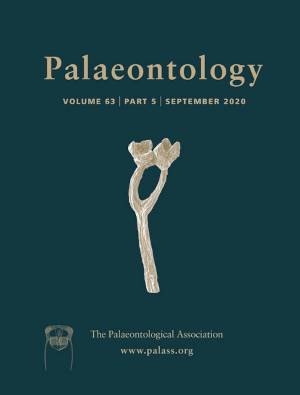Reg. Charity No. 1168330

Reconstructing the function and behaviour of extinct groups of echinoderms is problematic because there are no modern analogues for their aberrant body plans. Cinctans, an enigmatic group of Cambrian echinoderms, exemplify this problem: their asymmetrical body plan differentiates them from all living species. Here, we used computational fluid dynamics to analyse the functional performance of cinctans without assuming an extant comparative model. Three‐dimensional models of six species from across cinctan phylogeny were used in computer simulations of water flow. The results demonstrate that cinctans with strongly flattened bodies produced much less drag than species characterized by dorsal protuberances or swellings, suggesting the former were more stable on the seafloor. However, unlike the flattened forms, cinctans with high‐relief bodies were able to passively direct flow towards the mouth and associated food grooves, indicating that they were capable of more efficient feeding on particles suspended in the water. This study provides evidence of a previously unknown evolutionary trade‐off between feeding and stability in Cambrian cinctan echinoderms.
AcknowledgementsThis study relied on the work of James O'Shea, who very sadly died in January 2018. James was an outstanding student with enormous potential. He is deeply missed by all who knew him. We thank Andrew Smith for the invitation to submit this article. We are grateful to Brad Deline, Bertrand Lefebvre, Sally Thomas and an anonymous reviewer for their comments on an earlier version of this manuscript. IAR was funded by the Oxford University Museum of Natural History. JO'S was funded by a Palaeontological Association Undergraduate Research Bursary (PA‐UB201507). SZ was funded by the Spanish Ministry of Science, Innovation and Universities (CGL2017‐87631), co‐financed by the European Regional Development Fund and the project ‘Aragosaurus: Recursos Geológicos y Paleoambientales’ (E18_17R) funded by the Government of Aragon.